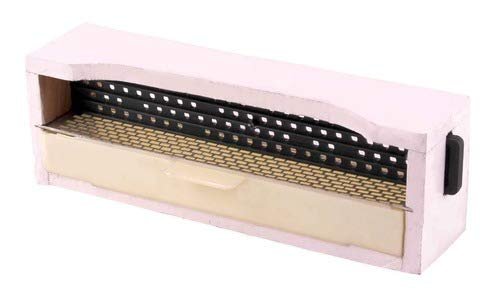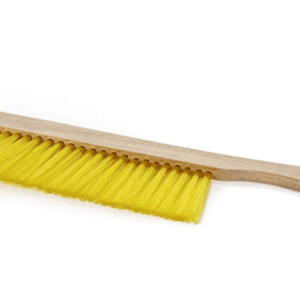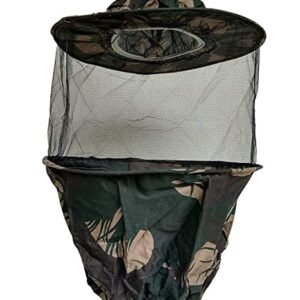It seems you may be referring to a “pollen trap” in beekeeping. A pollen trap is a device used by beekeepers to collect pollen from returning forager bees as they enter the hive. Here’s an overview of a pollen trap and how it works:
- Function: A pollen trap is designed to capture pollen pellets from the hind legs of forager bees as they return to the hive. It does so without impeding the bees’ ability to enter the hive or disrupting their natural behavior significantly.
- Construction: Pollen traps are typically attached to the entrance of a beehive. They feature a series of mesh screens or grids through which bees must pass to enter the hive. As bees squeeze through the narrow spaces, the pollen pellets are scraped off their legs and fall into collection trays or drawers positioned beneath the trap.
- Adjustability: Many pollen traps are adjustable, allowing beekeepers to control the amount of pollen collected and the duration of trapping. By adjusting the size of the mesh openings, beekeepers can regulate the amount of pollen that is collected and prevent excessive removal.
- Timing: Beekeepers typically use pollen traps strategically during times when pollen resources are abundant, such as during the peak of the flowering season. Pollen collection is especially beneficial for beekeepers who sell pollen or use it for various purposes, such as pollen patties for bee nutrition or cosmetic and dietary supplements for humans.
- Benefits: Pollen traps offer several benefits to beekeepers and bees alike:
- Beekeepers can collect high-quality pollen for various uses, including selling it as a supplement or using it to enhance bee nutrition.
- Collecting pollen can help mitigate pollen-related allergies in sensitive individuals by reducing the amount of pollen released into the environment.
- The collection of pollen pellets also encourages bees to forage for additional pollen, which can stimulate hive activity and honey production.
- Considerations: While pollen traps can be useful tools for beekeepers, it’s essential to use them judiciously and considerately. Overuse of pollen traps can deplete pollen resources within the hive, potentially impacting the health and nutrition of the colony.
Overall, pollen traps provide beekeepers with a means of collecting high-quality pollen while supporting the health and productivity of their honeybee colonies. Proper use and management of pollen traps can contribute to the sustainability and success of beekeeping operations.






Reviews
There are no reviews yet.